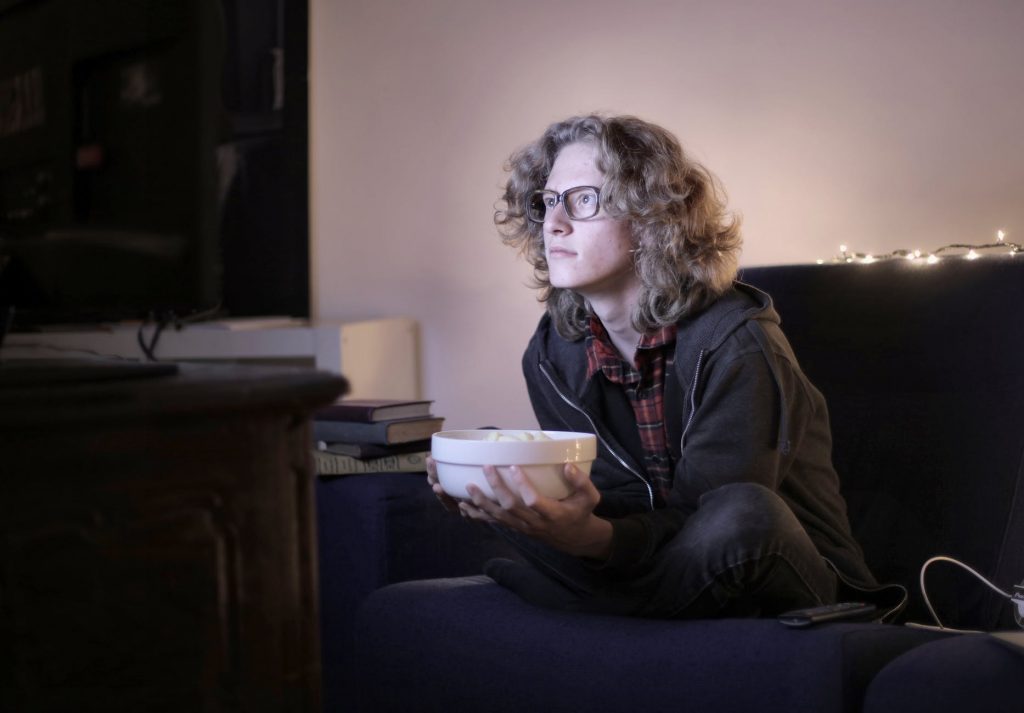Big Tobacco has known the power of the media for decades and has a long history with the entertainment industry. The tobacco industry uses tobacco imagery and brand identification on screen to both normalize and glamorize tobacco use.
Teens consume more media than ever

Teens watch an average of almost 11 hours of media on any given day. The media youth consume is often completely unregulated, giving the tobacco industry direct access to teens’ daily lives.
The tobacco industry uses the media to target youth by having their favorite actors and actresses light up on both television and movie screens. Research shows that the more smoking youth see on screen, the more likely they are to start smoking. Giving movies with smoking in them an R rating can protect youth from influential tobacco industry.
You can get involved by signing a petition to remove smoking from youth-rated movies.
Internet marketing
As teens spend more and more time on the web, Big Tobacco spends more and more cash on internet marketing. There are currently no state or federal laws regulating how the tobacco industry markets on the web. This gives the industry free range to target youth in new covert ways through buzz/viral marketing.
Anonymous posting
With anonymous posting as easy as the click of a mouse, the tobacco industry can easily claim innocence while recruiting new replacement smokers for the 1200 Americans they lose daily to tobacco related illnesses.
De-glamorize tobacco
Reality Check aims to expose the tobacco industry and de-normalize and de-glamorize tobacco use on screen. Interested in becoming part of Reality Check and creating a tobacco-free generation?
Contact Emily DeArmitt, Reality Check Coordinator
at (585) 484-1503 or TACFLRC@lung.org

We are hosting a Smoke-Free Movie event with the SHAC of Livingston-Monroe Cos. next month! Please check it out and come to support our mission of reducing the tobacco imagery exposure with our youth population. ... See MoreSee Less
Comment on Facebook
We are so excited!
We are continuing to expand our social media presence! Please go follow us on Twitter to stay connected. Hope to see you there 🙂 ... See MoreSee Less
Comment on Facebook
It has been a while since we have posted, but TACFL would like to spread the love today!
#valentine
#valendinesday
#tobaccocontrol ... See MoreSee Less
Comment on Facebook